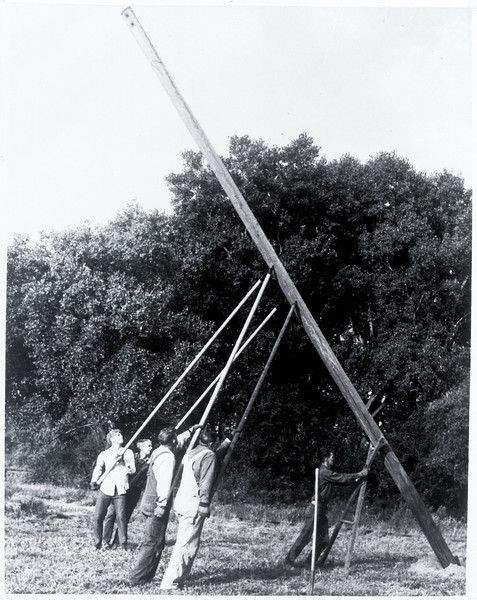The story of getting electricity to rural America is a powerful one. It’s a hero’s tale of the little guy taking on corporate America and winning. It’s an inspirational story of neighbors working together for one common purpose.
There aren’t many people left who remember what it was like watching that very first light bulb brighten up their home. But for those that do, electricity will never be taken for granted. You might not think much of flipping on a light switch, but for those who just got power, it was life-changing.
Before electricity was widely available, people used candles and kerosene lamps if they needed light in their homes after the sun went down. Wood-burning or coal stoves provided a heat source and means for cooking. Many people stored their perishable food in an insulated “icebox” with a large block of ice inside to keep its contents cool.
In 1879, Tomas Edison was finally able to produce a reliable, long-lasting light bulb and several years later electricity was being installed in city homes. By 1930, the majority of people living in larger towns and cities had electricity. But rural America was much further behind. In fact, just 11 percent of American farms had electricity in 1932.
At the time, electric companies were all privately owned. They were focused on generating profits and weren’t interested in venturing into rural America. They argued that it would be far too expensive to string miles of electric lines to a handful of farmers in rural areas.
However, the Roosevelt Administration saw the great need for power in rural America. And on May 11, 1935, rural electrification took a giant step forward when legislation established the Rural Electrification Administration. The REA allowed the government to make low-interest loans to groups of rural citizens working together to bring electricity to their community. These organized groups were called cooperatives.
By 1939, the REA helped establish 417 rural electric cooperatives, including San Patricio Electric Cooperative. Collectively, these co-ops served 288,000 rural households across America. The number of rural homesteads with power rose by 25 percent that year.
San Patricio Electric Cooperative was founded 80 years ago in 1938. Farmers or rural residents who were interested in receiving electricity signed an agreement to purchase power from the co-op once their lines were built. They also agreed to pay a membership fee into the organization. In return, each member was given one vote in all regularly-held elections to choose their cooperative’s representatives, or board of directors.
The member-elected board then prepared and adopted the Articles of Incorporation, with the help of legal advisors from REA. Next, the co-op secured a charter with the State of Texas and a loan from REA to provide the capital necessary to construct the first power lines.
Although our cooperative has grown over the last 80 years, our principles and business model are still very much the same. Consumers still sign membership agreements to be a part of the cooperative. In return, every member gets a vote in regularly held elections for our board of directors. We even still get low-interest loans from the government, although the REA is now called Rural Utilities Service (RUS).

We are still focused on serving people, not making profits. As a not-for-profit entity, we ultimately return our margins (capital credits) to our members. We support the communities we serve by paying taxes, providing jobs and maintaining programs that benefit our members.
All of this was made possible by a handful of farmers who wanted to improve the quality of life in rural America and fought to bring lights to their homes. As a member of SPEC, you are part of our nation’s greatest heritage: people helping people for the betterment of all.
*Photos courtesy of NRECA
